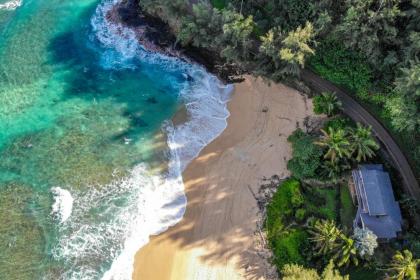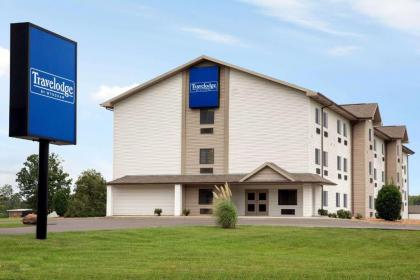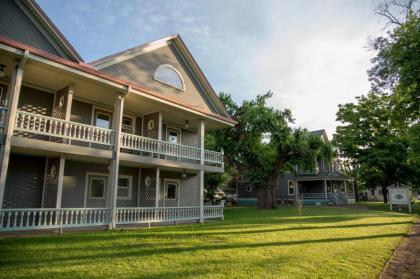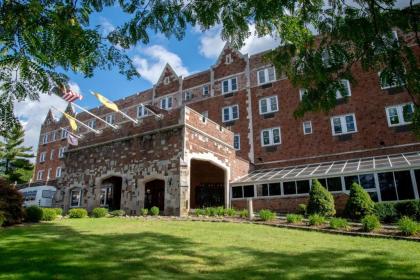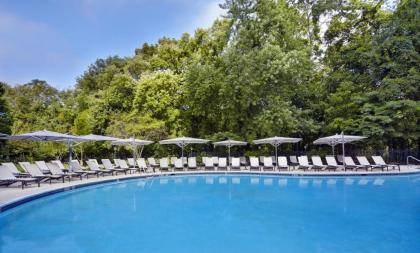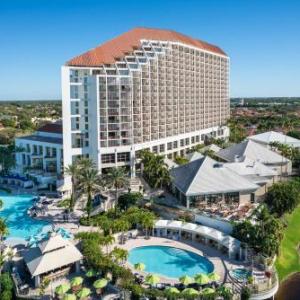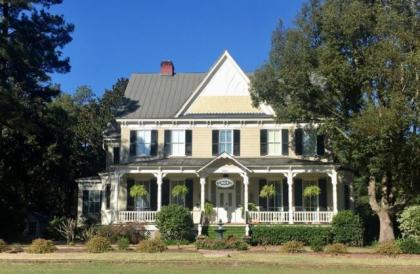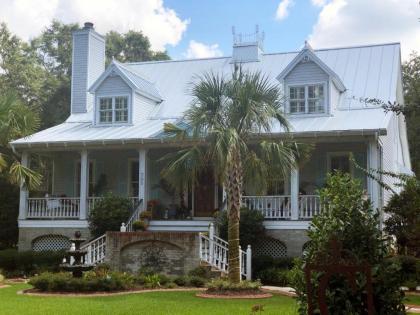A Tour of America's Greatest Swamp
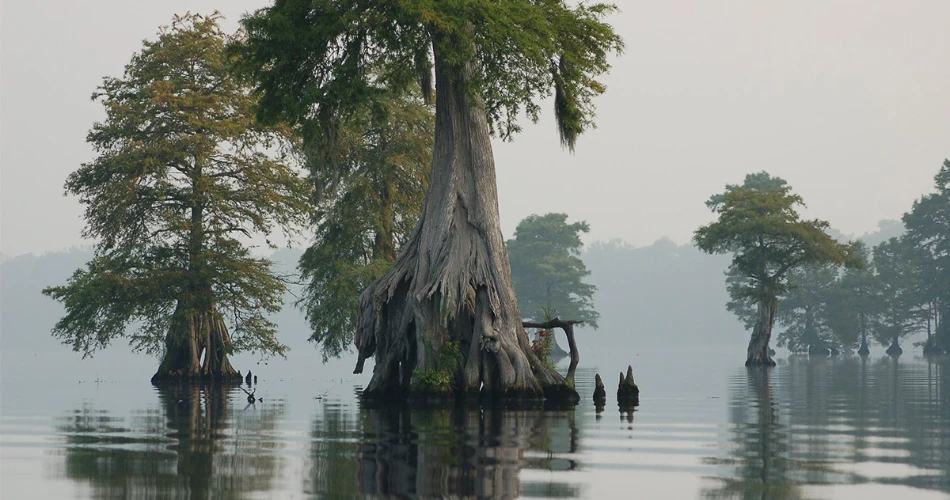
When planning any outdoor trip, most people consider sunny beaches, charming waterfalls, towering mountains, or wide desert areas. But how is it to include one of the most peaceful and beautiful aspects of nature that often gets overlooked? Yes, we are talking about swamps in America.
Swamps are one of the oldest ecosystems on Earth, with areas that are teeming with life, including insects, reptiles, and birds, all floating over water lilies and surrounded by tall cypress trees. (Basically, a nature party — just with more mud.)
In winter, most swamps turn calm, featuring fallen trees, snow-covered plants, or sometimes the call of an owl. While in the summer, they are full of noise, such as rustling leaves, croaking frogs, and lively insects. Think of it as nature's very own jazz band.
So, this time, avoid typical spots for touring and go for these swamps that surely give you a memorable experience!
The Alakai Plateau (Hawaii)
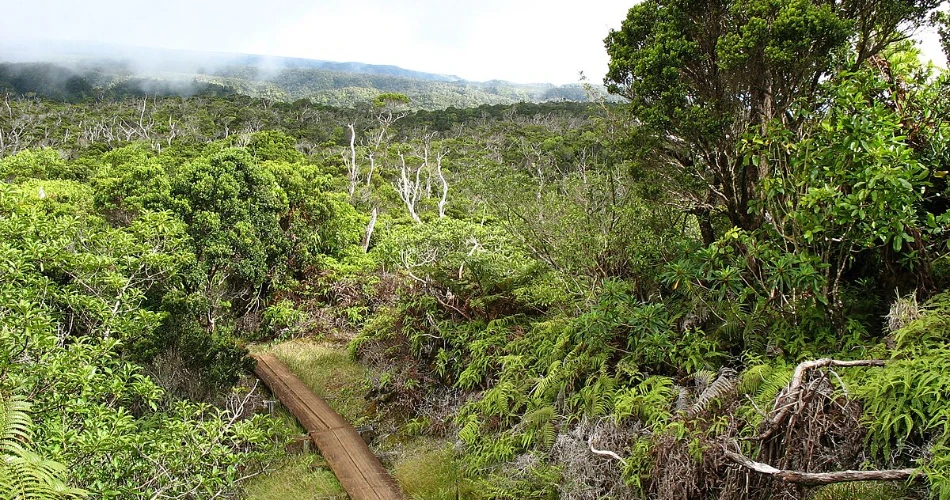
The Alakai Plateau is also known as "Swamp in the Cloud" or "Alakai Swamp" by locals of Hawaii. It is located in the center of Kauai and lies just west of Wai'ale'ale, which is one of the rainiest places to visit in America, having over 460 inches of rain each year. (Umbrellas highly recommended.) While it is not a true swamp, locals consider it because it shares many features just like a swamp, such as dense plant life, constant rain, and a wild, silent vibe. The land is mostly covered in rain, with giant trees with muddy trails, giant ferns, lapalapa, and Ohia.
Some top hotels to stay near The Alakai Plateau Hawaii:
The Great Dismal Swamp (Virginia/North Carolina)
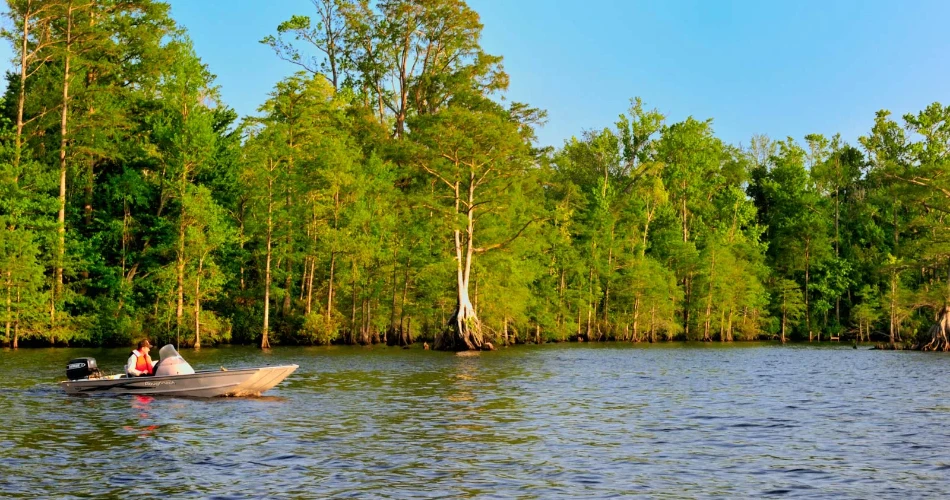
Back in the 1700s, the swamp got a gloomy name, "this dirty place," by Colonel William Byrd III. Clearly, he wasn’t a fan of wetlands. The Great Dismal Swamp was once a massive swamp that ran across a million acres along the Atlantic Coastal Plain. But now, about 112,000 acres of the area are protected in the Great Dismal Swamp National Wildlife Refuge, along with Dismal Swamp State Park, right at the southeastern edge in North Carolina. Despite much of its area being taken, it is still one of the wildest wetlands in the USA. You can find "Lake Drummond," Virginia's largest natural lake, at its center, surrounded by haunted bald cypress trees. Though the forest is still covered by red maple trees, in some areas that were affected by fire in 2011, the marshland is starting to come back — slowly but dramatically, like any good comeback story.
Some top hotels to stay near The Great Dismal Swamp Virginia/North Carolina:
Atchafalaya Basin, Louisiana
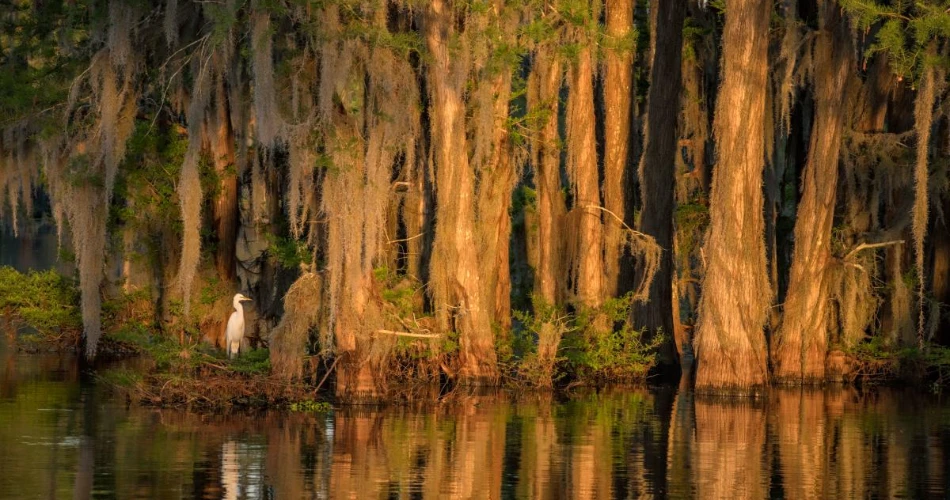
The Atchafalaya holds the position of the biggest swamp in America, spanning 1.4 million acres of land. (That’s a lot of boots to clean.) It is a big area that features bayous, cypress trees, and marshes, all of which are fed by the Atchafalaya River and the Mississippi. The swamp houses crawfish, birds, and alligators, and also plays an important part in controlling floods. The best way to explore it is to take a boat tour and indulge in the beauty of moss-draped water that feels frozen in time. It is also culturally important for the Cajun community, where trapping, fishing, and old swamp stories are part of the daily routine.
Some top hotels to stay near Atchafalaya Basin, Louisiana:
The Honey Island Swamp (Louisiana/Mississippi
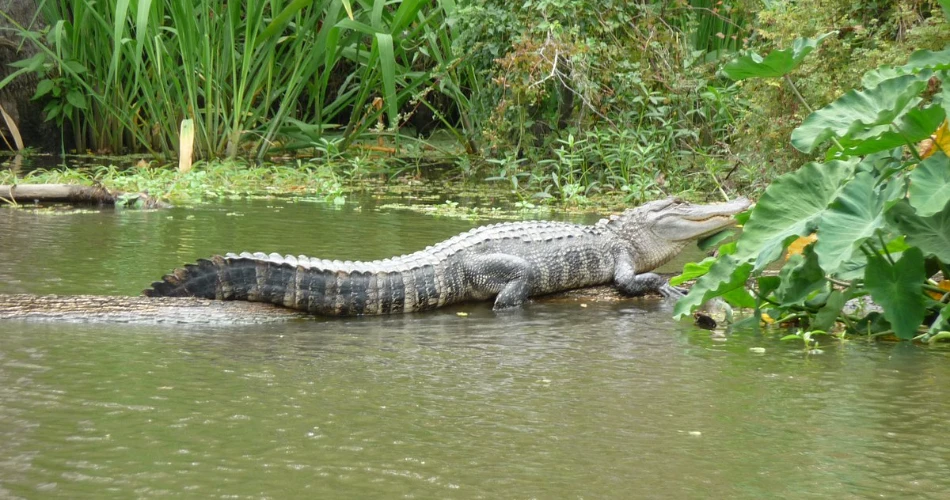
The Honey Island Swamp is between Louisiana and Mississippi, covering 70,000 acres in the Pearl River Basin. It is one of those wetlands in the USA that is barely touched by people — just the way the gators like it. The swamp is filled with bald cypress trees, tupelo trees, and hardwood forests. The swamp is also famous for its stories; people believe pirates once hid here, along with outlaws like the "King of Honey Island." The area is also popular with the stories of a rare creation called the "Honey Island Swamp Monster." (Bigfoot's Southern cousin, maybe?) Now, Pearl River Wildlife Management Area protects part of the swamp, and visitors have to take a guided tour to explore it.
Some top hotels to stay near The Honey Island Swamp (Louisiana/Mississippi:
The Great Swamp (New Jersey)
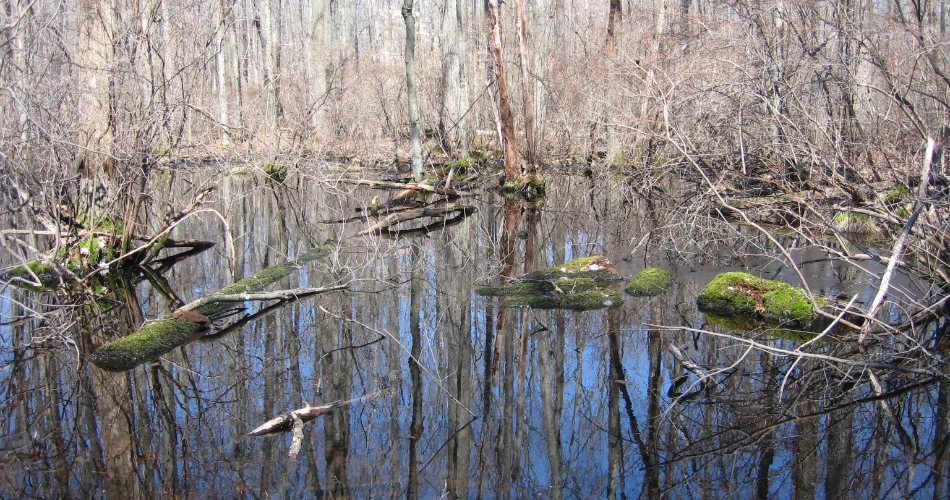
The Great Swamp is located just 26 miles from Times Square and features a calm and peaceful area filled with woodlands, ponds, and marshes. It is now a protected space with the help of locals, who stopped plans to build a jetport here in 1959. (Take that, bulldozers!) Today, it is known as the Great Swamp National Wildlife Refuge and spans 70,000 acres. Visitors can take longer hikes deeper into the swamp or enjoy short boardwalk trails at the Wildlife Center. It’s the perfect getaway when you want to swap car horns for frog croaks.
Some top hotels to stay near The Great Swamp New Jersey:
The Congaree Bottomlands (South Carolina)
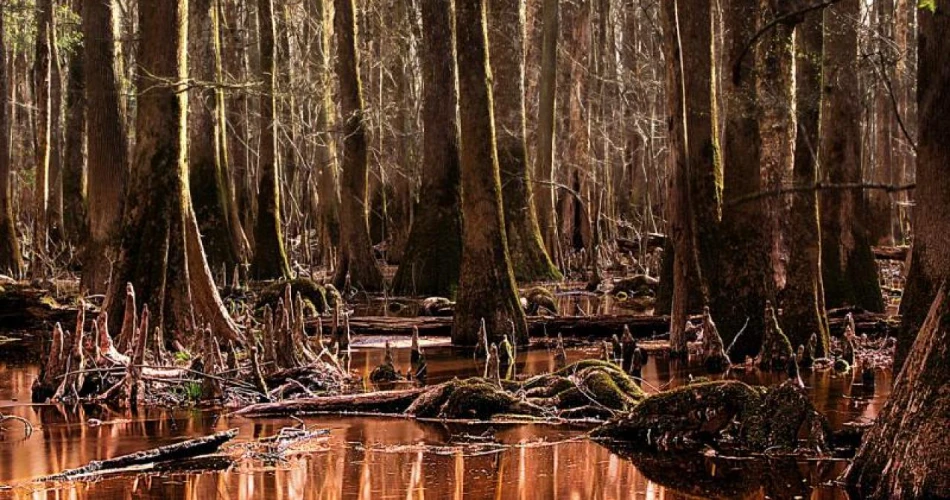
These bottomlands are located in Congaree National Park and house the largest remaining old-growth hardwood forest in the southeastern United States. The trees here are massive — some like the Loblolly pine reach up to 167 feet tall. (That’s taller than a 15-story building!) There are many options for adventure here, like tourists can paddle through the calm water of the Congaree River or Cedar Creek, camp in a designated area, or climb boardwalk trails. All these show the natural beauty of the Congaree Bottomlands.
Some top hotels to stay near The Congaree Bottomlands South Carolina:
The Everglades, Florida
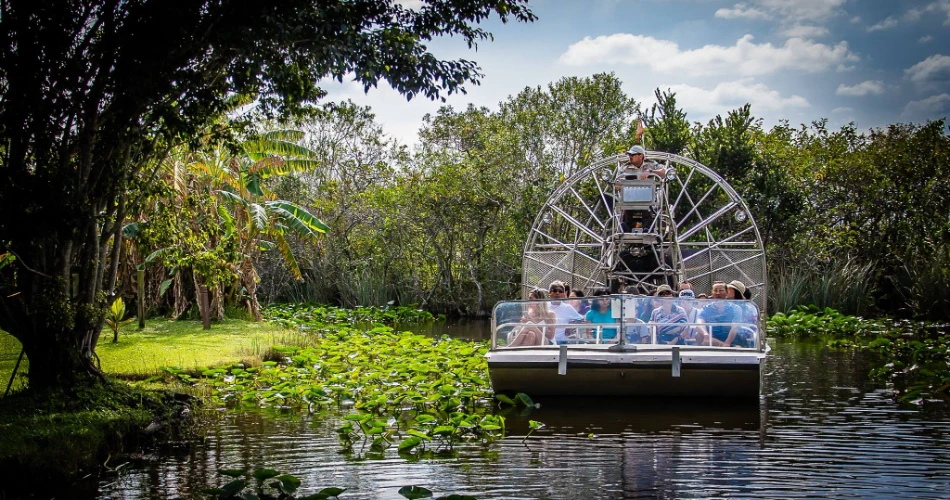
The Florida Everglades are one of the most popular wetlands in the world. Often known as "the river of grass," the area spans 1.5 million acres and features mangrove forests, swamps, and cypress trees. You can also spot dangerous animals here, like the manatee and the Florida panther — so keep your camera handy and your snacks secure. Earlier, locals used to tell people about the area's past, that it was difficult, as alligators, flooding, and mosquitoes were common here. Today, the Everglades is best explored through guided nature walks and airboat rides (and lots of sunscreen).
Some top hotels to stay near The Everglades, Florida:
The Four Holes Swamp (South Carolina)
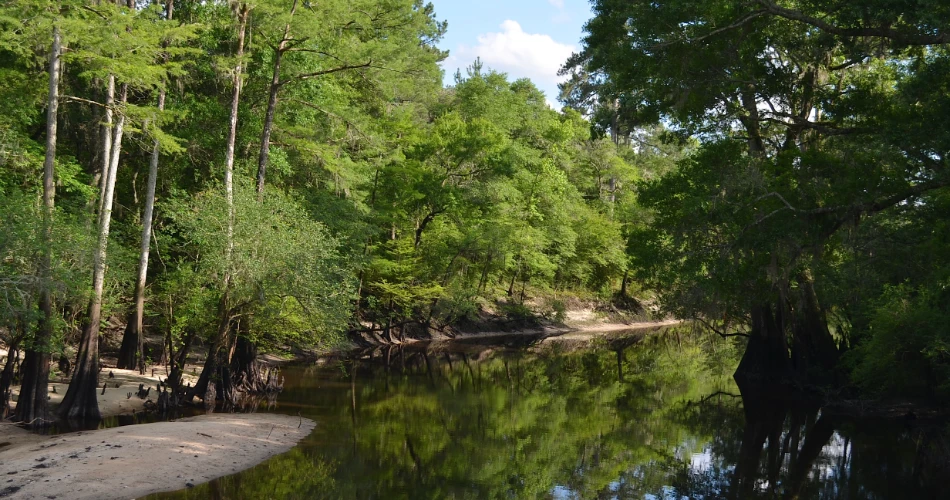
Situated south of the Congaree, Four Holes Swamp lies in the Edisto River Basin and gets its name from the deep "holes" scattered within it. It holds America's largest old-growth tupelo and bald cypress trees. Once a refuge for Revolutionary War hero Francis Marion and the Natchez people, it is now part of Francis Beidler Forest. To explore its calm, tree-filled water, visitors can join a guided canoe tour or walk the 1.75-mile boardwalk. Quiet, eerie, and Instagram-worthy.
Some top hotels to stay near The Four Holes Swamp South Carolina:
Whether you are observing unique birds, gliding through cypress groves on a canoe, or walking a calm boardwalk, each of these swamps is filled with cultural history, wildlife, and natural beauty. From mysterious Honey Island to massive Everglades, swamps in America are beautiful areas that are covered with twisted trees and misty water.
So the next time you are planning your tour, don't overlook the swamps; they may just swamp you with their quiet magic.







